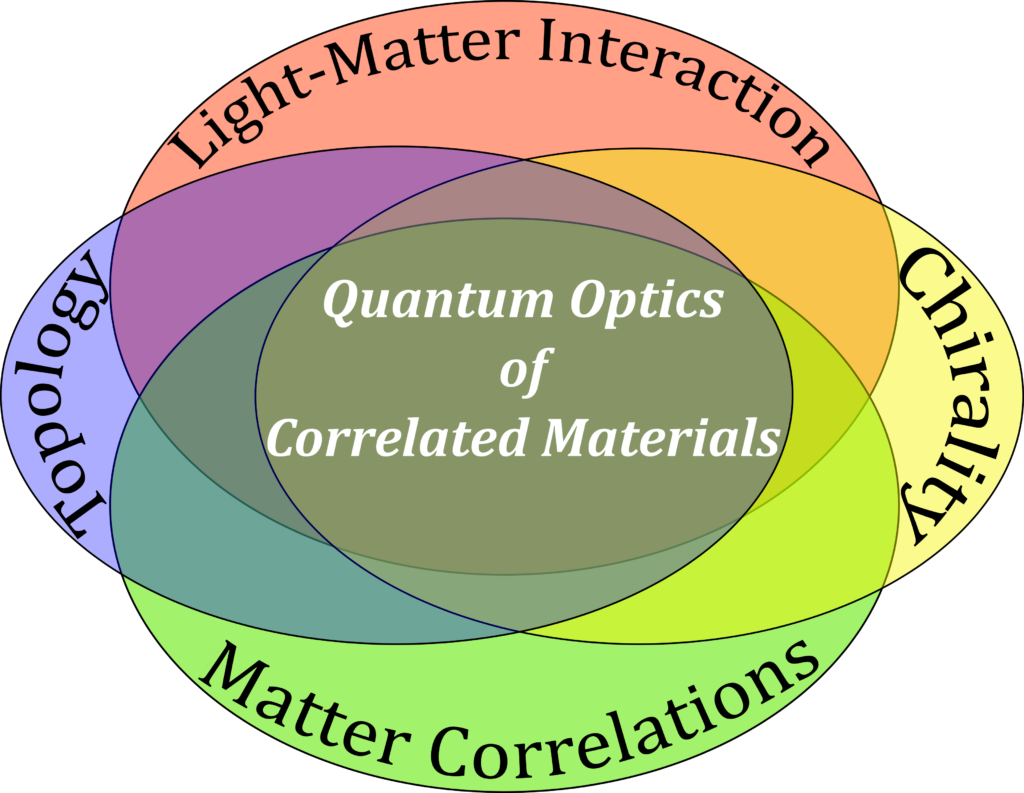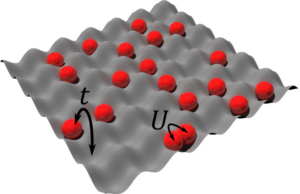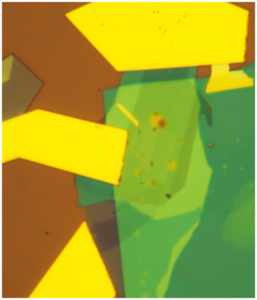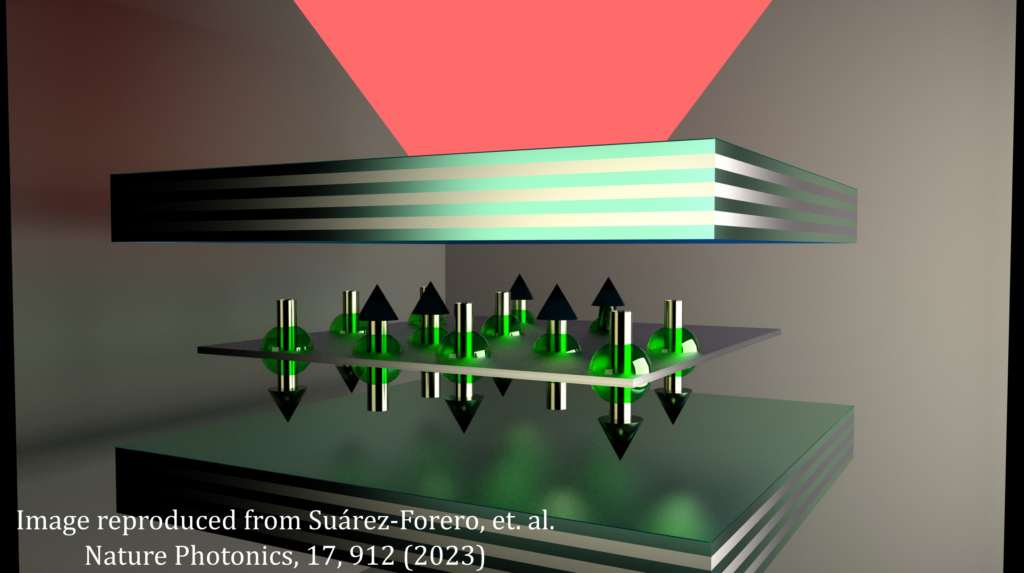
The emerging field of “Quantum Optics of Correlated Materials” uses advanced optical techniques to study and manipulate many-body states in solid-state systems with strong light-matter interaction and matter-matter correlations. It lies at the intersection of four powerful physical concepts: Light-Matter Interaction, Topology, Chirality, and Matter Correlations.
Our group will experimentally investigate this physics in two different platforms:
- Transition Metal Dichalcogenides heterostrucutres.
- Exciton-Polariton systems.

Transition Metal Dichalcogenides (TMD):
These atomically thin materials are the building brick of the platforms that hosted some of the most important demonstrations in contemporary solid-state physics. Their unique combination of optical and electronic properties makes them suitable for realizing heterostructures capable of hosting many-body correlated states. Our group designs and fabricates heterostructures based on TMD materials with an optical gap, such as WS2, WSe2, MoS2, and MoSe2.

Van der Waals heterostructures with these materials as building bricks offer the possibility of engineering band structures to form exotic matter states. These effects originate from the interplay between the kinetic energy of the particles (t) and the Coulomb interaction (U).

Exciton Polaritons
These quasiparticles originate from the strong light-matter interaction, in the so-called strong coupling regime, where the exchange is so intense that there is a hybridization between a photonic mode and the particles in the system. This implies that polaritons are endowed with high coherence thanks to their light component, but they also have the possibility of interacting inherited from the matter counterpart. Because of this remarkable property, exciton-polaritons are also known as “dressed photons”.
 The development of advanced epitaxial fabrication techniques allows nowadays to grow heterostructures in which both the light and the matter are confined with ultra-high quality factors. For the field of Quantum Optics of Correlated Materials, this implied that topological effects such as the Quantum Hall, could now be studied from an optical perspective, in addition to the typical transport measurements used to explore this physics. Our group designs and implements optical techniques with spectral, spatial, angular, or temporal resolution, aiming to unravel the complex behavior of these many-body topological systems.
The development of advanced epitaxial fabrication techniques allows nowadays to grow heterostructures in which both the light and the matter are confined with ultra-high quality factors. For the field of Quantum Optics of Correlated Materials, this implied that topological effects such as the Quantum Hall, could now be studied from an optical perspective, in addition to the typical transport measurements used to explore this physics. Our group designs and implements optical techniques with spectral, spatial, angular, or temporal resolution, aiming to unravel the complex behavior of these many-body topological systems.